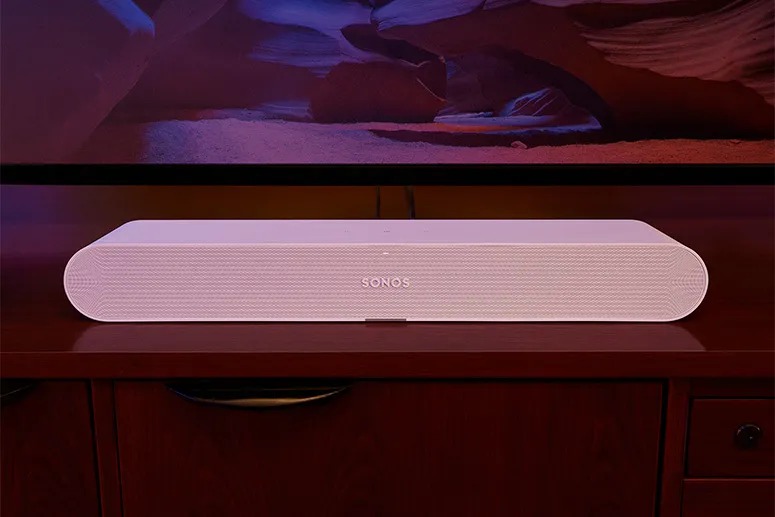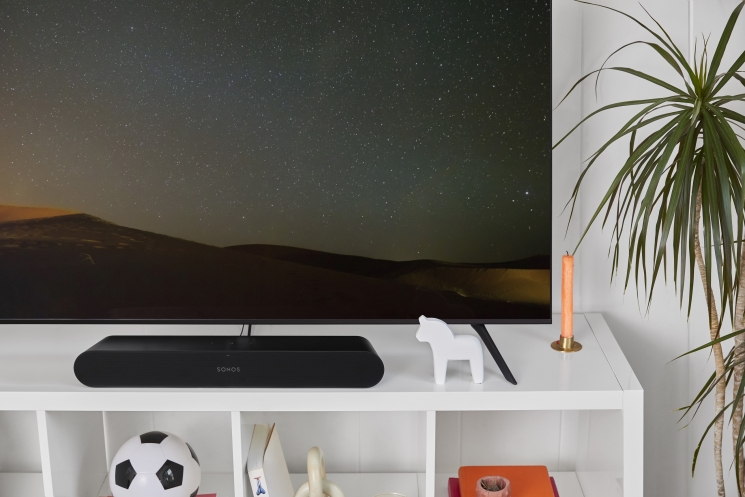- Home Appliances, Tools and Household Goods
- Consumer Goods & Electronics
- Products & Solutions for Enterprises
- Toys & Goods for Kids
- Барлық сатушылар
- Household Appliances and Tools
- Consumer Goods & Electronics
- Products & Solutions for Enterprises
- Toys & Goods for Kids
- Cookware
- Food storage containers
- Containers for spices and liquids_
- Drinkware
- Bottles for water
- Bakeware
- Посуда для сервировки стола
- Table setting accessories
- Knives_
- Cooking utensils
- Peelers, non-standard knives and manual hammers_
- Spoons, spatulas_
- Potato mashers_
- Sieves and colanders_
- Skimmers_
- Graters and manual food processors_
- Mixing bowls and containers, measuring accessories_
- Ladles_
- Cutlery
- Storage accessories
- UPS and accessories
- Sources of uninterruptible power supply
- Gaming products
- Gaming PCs and hardware
- Game consoles and accessories
- Gaming peripherals and accessories
- Glasses for computer
- Games
- Game collectible figurines and accessories
- Computer peripherals
- Computer components
- Media tablets
- Monitors
- Drives and Flash-memory
- Laptops & Accessories
- Accessories and options for computer and office electronics
- Cleaners
- Компьютерные столы
Саундбар Sonos Ray, Black
| Type | саундбар |
| Type of instalation | настольный |
| Inputs | Optical |
| LAN (RJ45) | |
| Wireless Connection |
 Wi-Fi Wi-Fi
|
| Multimedia | AirPlay 2 |
| Spotify Connect | |
| Additionally | Touch controls |
| Player Dimensions (WxHxD) | 559 x 71 x 95 мм |
| Type | саундбар |
| Type of instalation | настольный |
| Number of speakers | 2 |
| Inputs | Optical |
| LAN (RJ45) |
| Wireless Connection |
 Wi-Fi Wi-Fi
|
| Multimedia | AirPlay 2 |
| Spotify Connect | |
| Additionally | Touch controls |
| Colors | black |
| Package Content | Optical cable |
| User's Manual | |
| Power cable | |
| Soundbar |
| Player Dimensions (WxHxD) | 559 x 71 x 95 мм |
| Main unit weight | 3.15 kg |
| Ені | 150 мм |
| Биіктігі | 150 мм |
| Ұзындық | 700 мм |
| Салмақ | 3.60 кг |
| Көлемі | 0.0158 м3 |
| Кепілдік | 1 жыл |
Тауар сатылымға шыққан кезде біз Сізге көрсетілген e-mail-ге хат жібереміз!
- Четкий диалог с функцией улучшения речи
- Динамики, направленные вперед, дают возможность универсальной установки
- Простое оптическое подключение к телевизору (кабель входит в комплект)
- Совместимость с приложением Sonos, Airplay 2 и Spotify Connect
- Trueplay Tuning для тонкой настройки эквалайзера под Ваше уникальное помещение
- Расширение до Dolby Digital Surround Sound System при сопряжении с двумя Sonos One SL.

ВАШ ПУТЬ К ОБЪЕМНОМУ ЗВУКУ
Хотите увеличить громкость и качество звука Вашего телевизора? Звуковая панель Sonos Ray — идеальное решение для небольшой комнаты или даже просто для усиления вокального диапазона телевизора. Вы не получите полную производительность Dolby Atmos, как в Sonos Beam Gen 2 или Arc, но Sonos Ray способен обрабатывать объемный звук Dolby Digital, с вокалом, средними и низкими характеристиками, разделенными между двумя твитерами Ray и двумя среднечастотными динамиками.
Благодаря простому оптическому подключению к вашему телевизору (кабель входит в комплект) Ваш Sonos Ray будет умело обрабатывать как стандартное стерео, так и звук Dolby Digital.
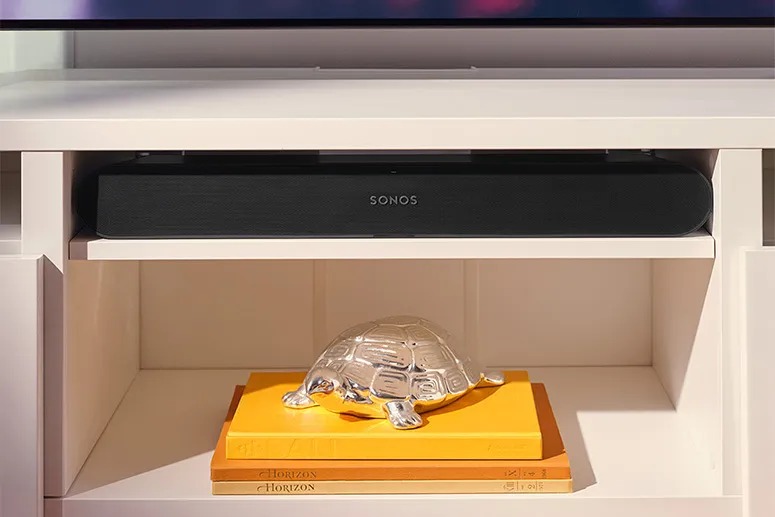
УПРАВЛЕНИЕ ИЗ ЛЮБОЙ ЧАСТИ ДОМА
Как и другие продукты Sonos до него, Sonos Ray можно использовать для беспроводной потоковой передачи музыки, а также для воспроизведения звука с телевизора. Используя приложение Sonos, Вы сможете получить доступ к своим любимым потоковым сервисам, цифровым радиостанциям, подкастам и многому другому, просто подвязав свою учетную запись соответствующей службы.
Sonos Ray не имеет встроенного голосового помощника, но вы можете использовать голосовой помощник Amazon или Google для управления Sonos Ray, если он у вас есть в той же комнате. Sonos совместим с более широкой экосистемой Alexa или Google Assistant в домашних условиях.
ДООСНАЩАЕТСЯ СО ВРЕМЕНЕМ
Если вы хотите со временем создать систему объемного звучания, вам будет приятно узнать, что к Sonos Ray со временем можно добавить сабвуфер Sonos и/или пару тыловых систем объемного звучания (например, Sonos One SL).
Благодаря наличию пары ВЧ и СЧ динамиков, Sonos Ray способен добиться великолепного звука Dolby Digital Surround. Дополнительный сабвуфер и/или тыловые динамики — отличный вариант для апгрейда вашей домашней киносистемы.

ПОДХОДИТ ВЕЗДЕ
Используя упрощенный подход, Sonos Ray имеет гладкую решетку из поликарбоната и корпус из укрепленного пластика для защиты внутренних компонентов. Как и другие саундбары в этой линейке, Sonos Ray имеет ряд сенсорных элементов управления сверху, позволяющих пропускать/повторять, воспроизводить/приостанавливать и регулировать громкость. Входы для оптического подключения, кабеля питания и опционального подключения к сети Ethernet расположены на задней панели саундбара и скрыты от глаз.
В Sonos Ray используются только фронтально направленные динамики, а это означает, что, в отличие от Beam и Arc, он может быть полностью утоплен в медиаблок или полку, не мешая воспроизведению боковых или направленных вверх динамиков. Это делает его идеальным решением для небольшой комнаты, поскольку Ray можно убрать в сторону, не лишая производительности.
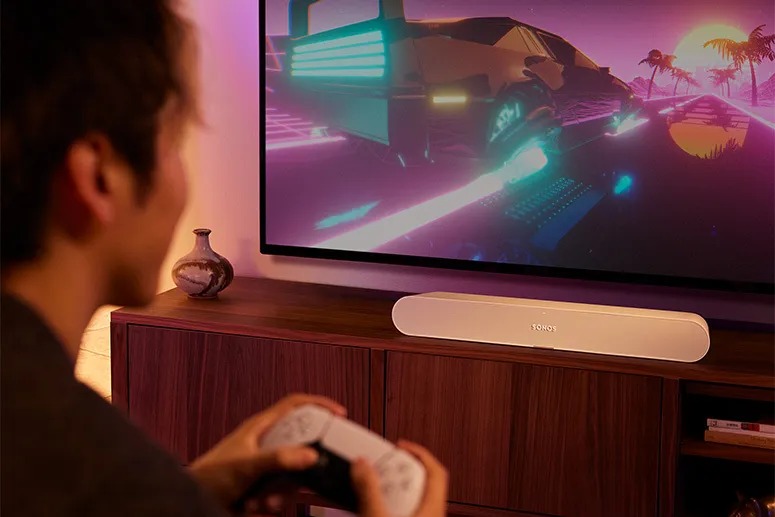
Сравнение саундбаров Sonos
- Sonos Ray — самая компактная звуковая панель Sonos, предлагающая звук Dolby Digital благодаря акустическому дизайну с четырьмя динамиками. Подключается к телевизору через оптический вход
- Sonos Beam — в Beam используются 5 динамиков, в том числе боковые драйверы, для имитации звука Dolby Atmos, а также Dolby Digital. Идеально подходит для комнаты среднего размера
- Sonos Arc — во флагманской звуковой панели Sonos используются 11 динамиков, в том числе 2 направленных вверх, которые обеспечивают настоящий звук Dolby Atmos — идеальный вариант для большой комнаты или отдельного кинотеатра.
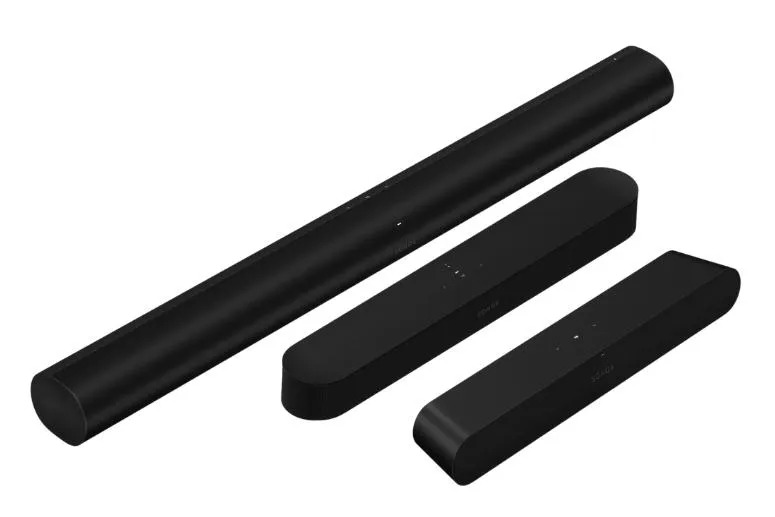
ЧаВо
В. Что происходит, когда я пытаюсь воспроизвести звук Dolby Atmos через Sonos Ray?
О. Если вы транслируете контент Dolby Atmos, Ray автоматически понизит этот контент до Dolby Digital или стандартного PCM.
В. Почему Sonos Ray использует оптическое соединение?
О. Поскольку Ray способен воспроизводить только объемный звук Dolby Digital, для этого продукта нет необходимости в подключении HDMI Arc или eArc. Оптическое соединение способно без проблем передавать контент Dolby Digital на Sonos Ray.
В. Как закрепить Sonos Ray на стене?
О. На задней панели Sonos Ray есть отверстия под крепления для настенного монтажа.
